
Ready to transform your farm garden? Think of it as a playground where plants work together!
Try planting tomatoes with basil to keep pests away. Use sticks or nets to grow beans up high, saving space and making harvesting easy.
Imagine your garden buzzing with life!
Add compost to make soil extra strong. Swap crops each season to keep the earth healthy. With these simple ideas, your garden will shine like a rainbow of colors and flavors.
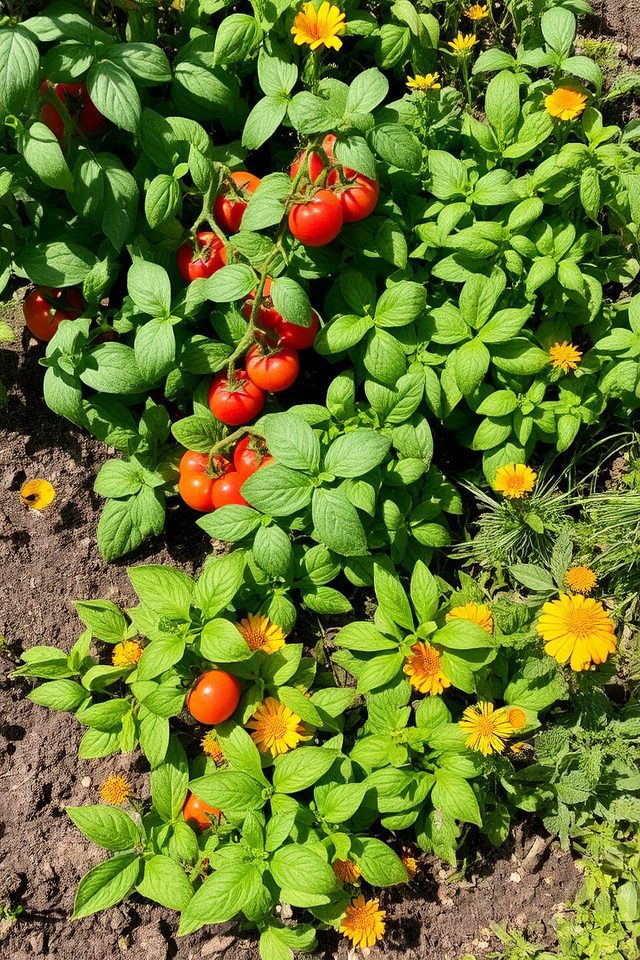
Companion planting is a gardening technique that enhances the health and productivity of crops by strategically pairing plants that benefit each other. For instance, planting marigolds alongside tomatoes can deter pests, while basil can improve tomato flavor and growth. This natural method promotes biodiversity, minimizes the need for chemical pesticides, and improves soil health. By embracing companion planting in your garden, you create a thriving ecosystem that leads to healthier and more abundant harvests.
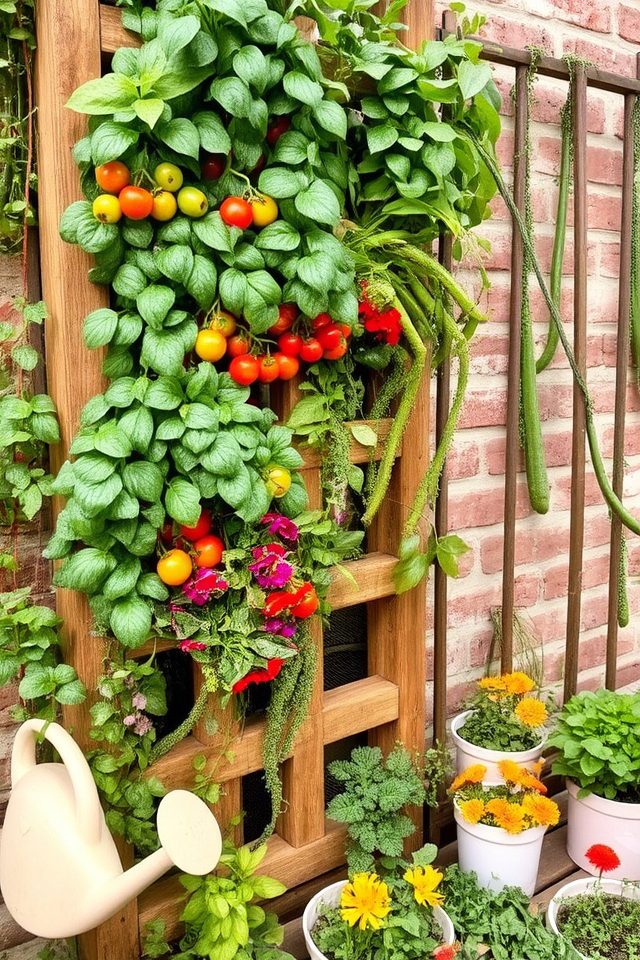
Creating vertical gardens is a fantastic way to maximize space in your farm garden, especially if you’re limited on square footage. By utilizing vertical structures such as trellises, wall planters, or tiered shelves, you can grow a variety of plants—like herbs, vegetables, and flowers—while enhancing your garden’s aesthetics. Vertical gardens not only save space but also improve air circulation and sunlight exposure for your plants, leading to healthier and more productive yields.
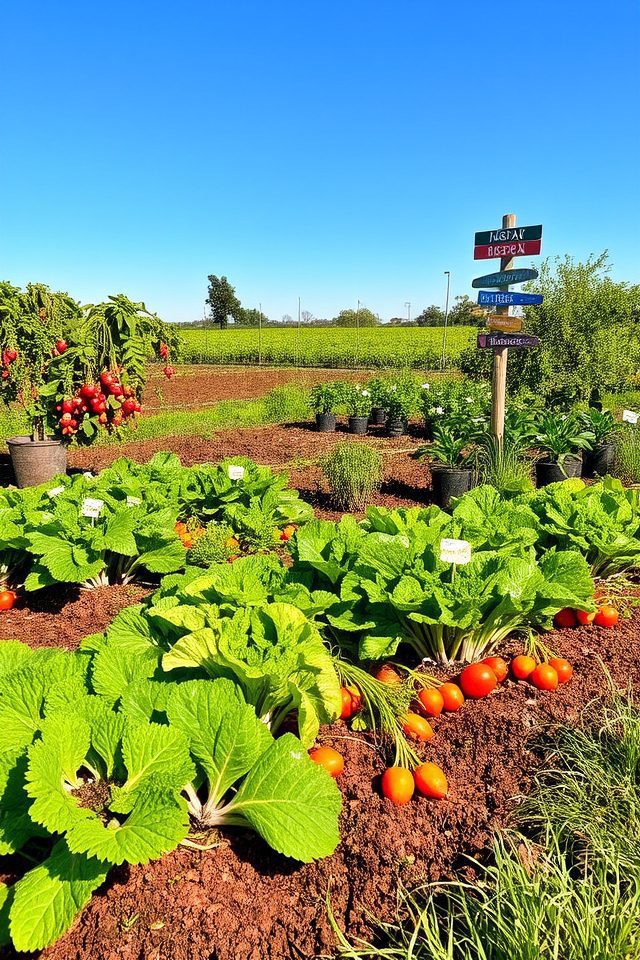
Implementing crop rotation is an essential practice for maintaining soil health in farm gardens. By alternating the types of crops grown in a specific area each season, gardeners can enhance soil fertility, disrupt pest cycles, and prevent the buildup of diseases. This method allows different plants to utilize various nutrients from the soil, leading to improved overall crop yield and resilience. Additionally, rotating crops can help maintain biodiversity and promote a healthier ecosystem within your garden.
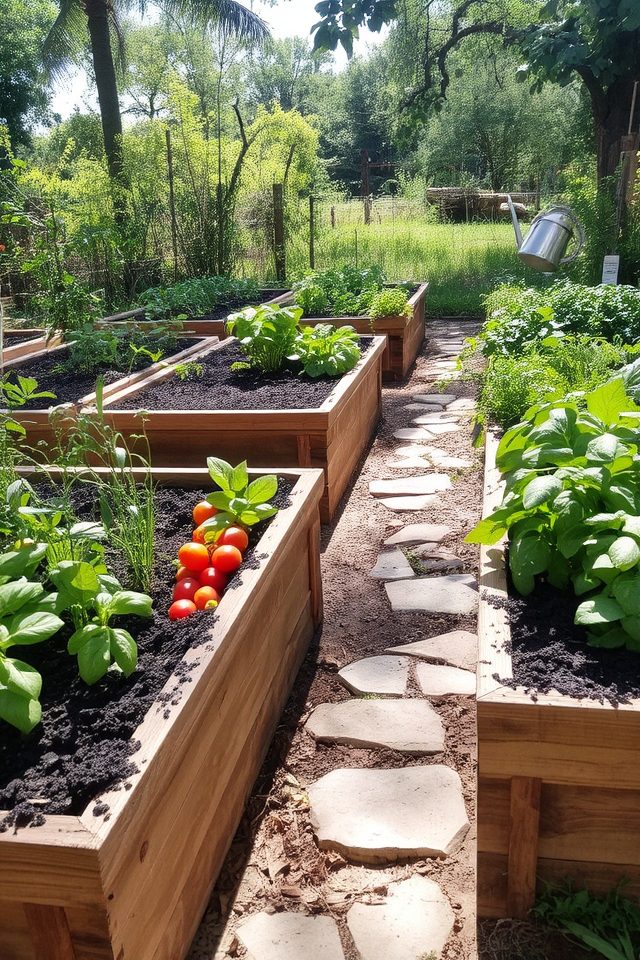
Utilizing raised beds in your garden is an excellent way to improve drainage and soil quality. Elevated soil levels allow excess water to flow away from plant roots, reducing the risk of root rot and promoting healthier growth. Additionally, raised beds warm up faster in spring, extending the growing season. This method also provides easier access for planting, weeding, and harvesting, making gardening more enjoyable and efficient for all skill levels.

Introducing pollinator-friendly plants into your farm garden not only enhances its beauty but also supports local ecosystems. Consider incorporating flowers like lavender, sunflowers, and echinacea, which attract bees, butterflies, and other beneficial insects. These plants provide essential nectar and pollen, fostering biodiversity while improving pollination rates for your crops. Create a vibrant, colorful space that invites pollinators and thrives harmoniously with nature, ensuring a flourishing garden all season long.
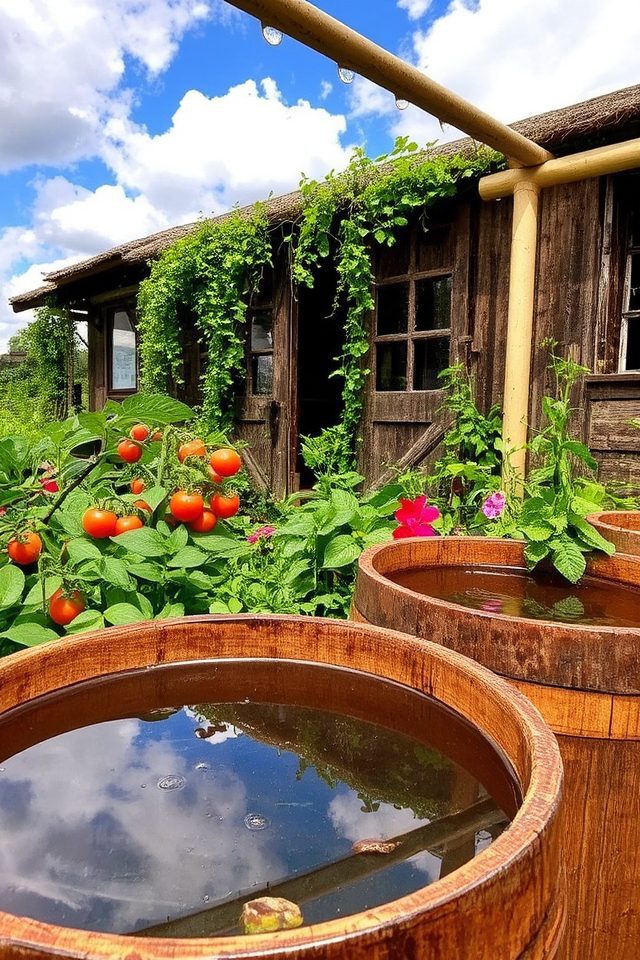
Establishing a rainwater harvesting system is a sustainable way to support your farm garden while conserving water. By collecting rainwater from rooftops and directing it into storage barrels or tanks, you can create a natural irrigation source for your plants. This not only reduces reliance on tap water but also minimizes water bills. Additionally, harvested rainwater is often free of chemicals, making it ideal for nurturing your garden’s soil and vegetation. Setting up simple gutters and downspouts can optimize your collection efforts.

Permaculture principles focus on creating sustainable and self-sufficient agricultural systems that mimic natural ecosystems. These principles encourage biodiversity, soil health, and efficient resource use. By integrating various elements such as plants, animals, and water management into cohesive designs, permaculture promotes resilience and reduces waste. Implementing permaculture in your farm garden can lead to increased yields, reduced environmental impact, and a healthier ecosystem. By prioritizing harmony with nature, gardeners can cultivate not just food, but a thriving habitat.
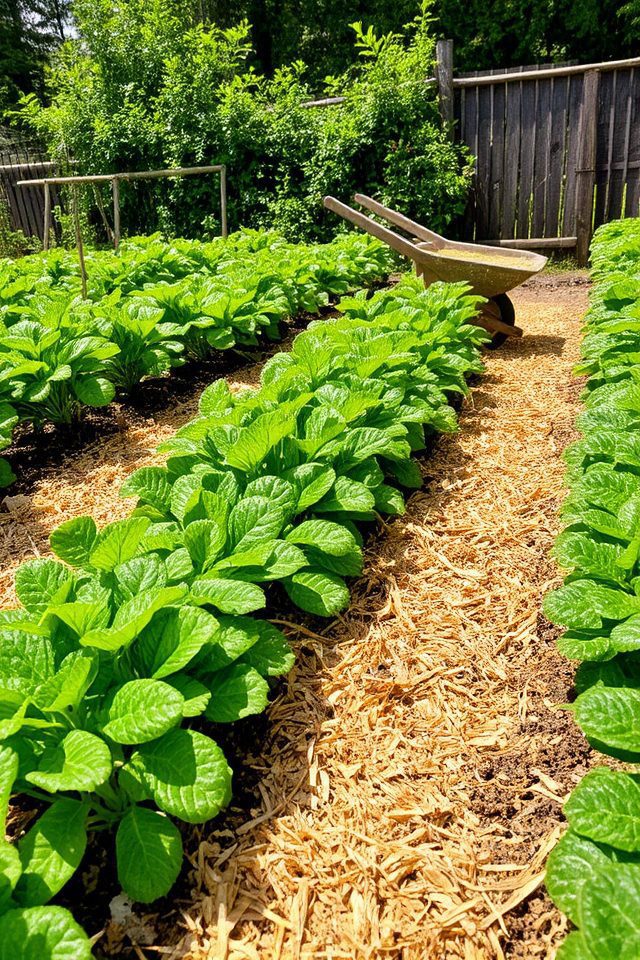
Using mulching in your farm garden is an effective strategy to retain moisture in the soil. By applying a layer of organic materials such as straw, wood chips, or grass clippings, you create a barrier that reduces evaporation and keeps the soil consistently hydrated. This not only conserves water but also helps suppress weeds and regulate soil temperature, promoting healthier plant growth. Incorporating mulching into your gardening routine can lead to improved yields and a more sustainable gardening practice.
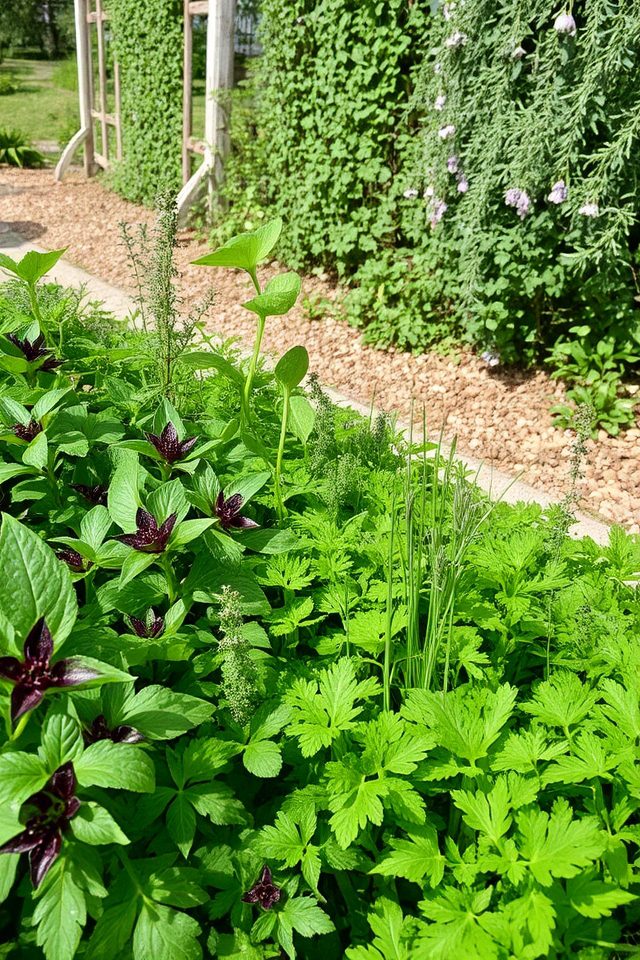
Creating a diversified herb garden is an inspiring way to enhance both your culinary creations and your garden’s aesthetics. Start by selecting a variety of herbs such as basil, parsley, thyme, and rosemary, ensuring a mix of flavors and uses. Plant them in well-drained soil with ample sunlight. Consider integrating companion plants to deter pests and promote growth. Regularly harvest your herbs to encourage bushiness and keep your garden vibrant throughout the growing season.
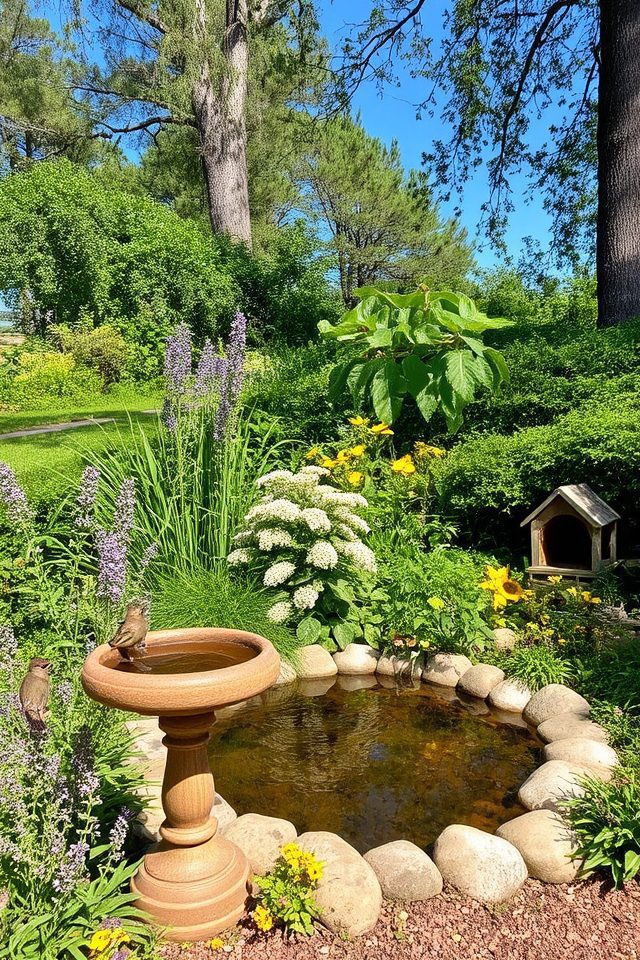
Creating a designated wildlife habitat area in your farm garden can foster biodiversity and promote a healthy ecosystem. Start by allocating a section of your garden where native plants, shrubs, and trees can flourish, providing shelter and food for local wildlife. Consider adding water sources like birdbaths or small ponds, and avoid using chemicals that could harm animals. By cultivating this space, you’ll attract beneficial insects, birds, and other wildlife, enhancing the overall beauty and sustainability of your garden.
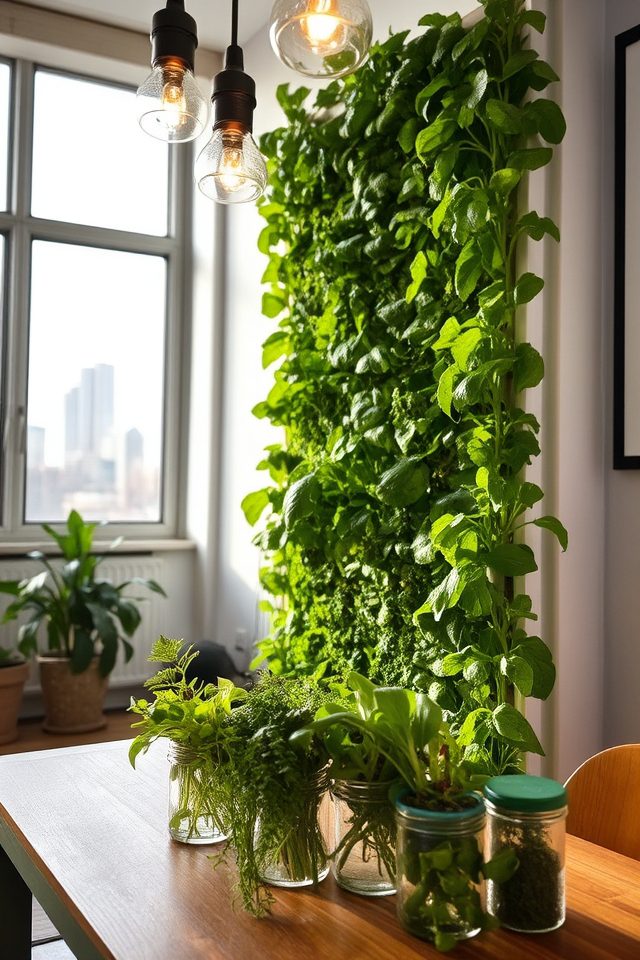
Hydroponics is a revolutionary gardening method that allows you to grow plants without soil, using nutrient-rich water instead. This space-saving technique is ideal for urban settings or small backyards, as it can be set up vertically or in compact systems. With hydroponics, you can cultivate a variety of herbs, vegetables, and even flowers all year round, maximizing your yield in minimal space. Plus, it’s efficient in water usage and often results in faster plant growth.
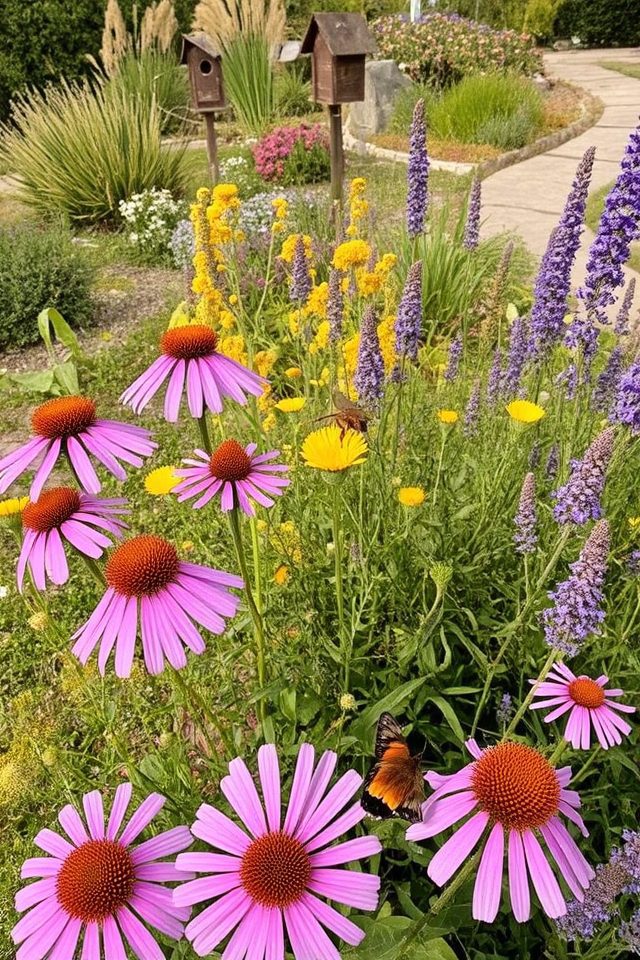
Incorporating native plants into your farm garden is a fantastic way to boost biodiversity. Native species are well-adapted to local conditions, requiring less water and maintenance while providing essential habitats for wildlife, such as pollinators and beneficial insects. By planting native flora, you encourage a thriving ecosystem that supports soil health and promotes natural pest control. Additionally, these plants often produce vibrant blooms and attractive foliage, enhancing the beauty of your garden while fostering environmental sustainability.
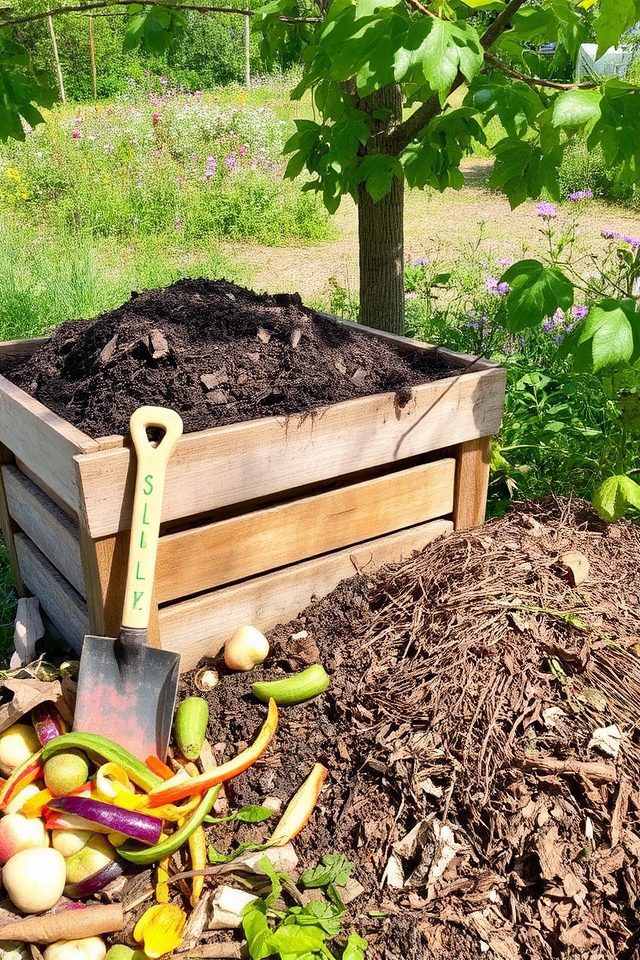
Creating a composting system is an excellent way to enrich your farm garden with natural nutrients. Start by designating a space for your compost bin or pile, using materials like kitchen scraps, yard waste, and shredded paper. Layering green materials (nitrogen-rich) with brown materials (carbon-rich) helps maintain a balanced microbial environment. Regularly turning your compost promotes decomposition, allowing you to produce nutrient-dense organic matter that enhances soil health and supports vibrant plant growth in your garden.
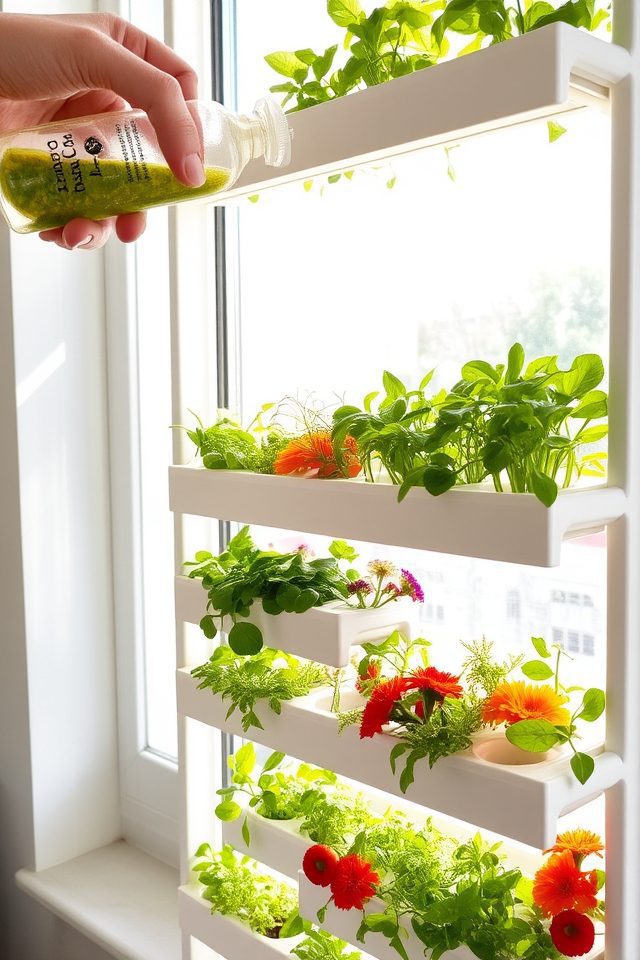
Experimenting with vertical hydroponic systems can revolutionize your farm garden by maximizing space and increasing yield. These innovative setups allow plants to grow upwards, reducing the need for traditional soil and utilizing nutrient-rich water solutions instead. Perfect for limited areas, vertical hydroponics enhances air circulation and light exposure while minimizing pests and diseases. By incorporating this method, you can cultivate a variety of fresh herbs, vegetables, and even flowers in a sustainable and efficient manner.
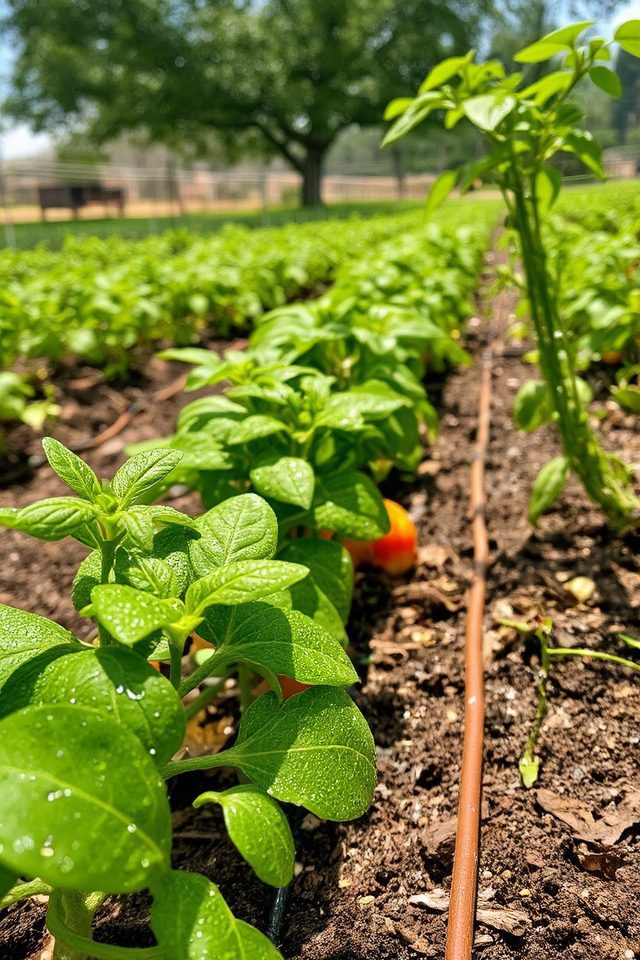
Installing drip irrigation in your farm garden can greatly enhance water efficiency and promote healthier plant growth. This system delivers water directly to the roots of plants through a network of tubing and emitters, minimizing evaporation and runoff. By providing a consistent moisture level, drip irrigation helps reduce the risk of overwatering and under-watering, leading to better yields. Plus, it’s an eco-friendly option that conserves water resources, making it an ideal choice for sustainable gardening practices.
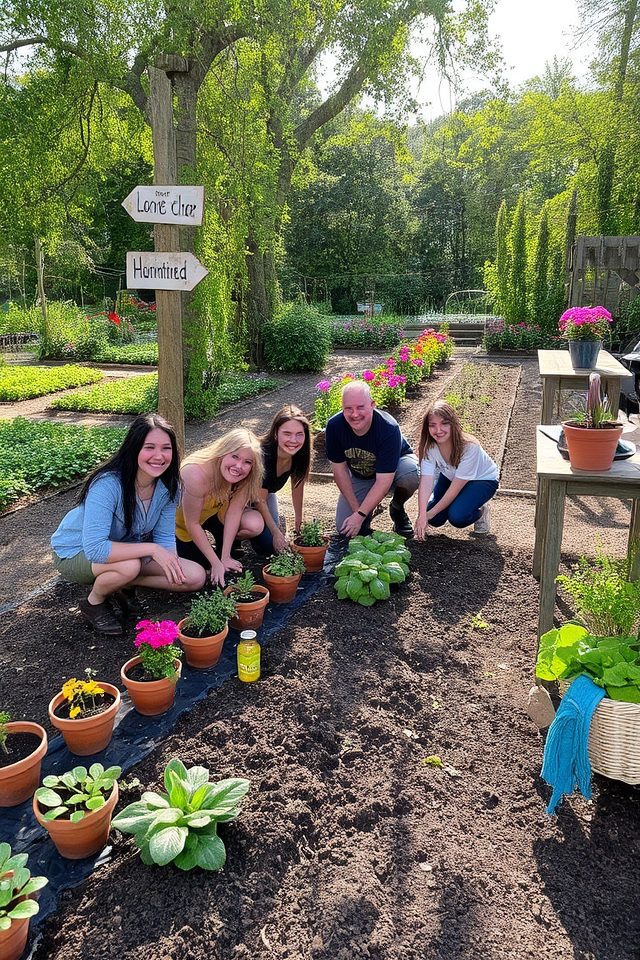
Starting a community garden initiative is a fantastic way to bring neighbors together while fostering a love for gardening and sustainable practices. By collaborating with local residents, you can create a shared space to grow fresh produce, herbs, and flowers. This initiative promotes healthy eating, offers educational opportunities about gardening and ecological responsibility, and strengthens community bonds. With proper planning and engagement, your community garden can become a vibrant hub for collaboration and creativity.
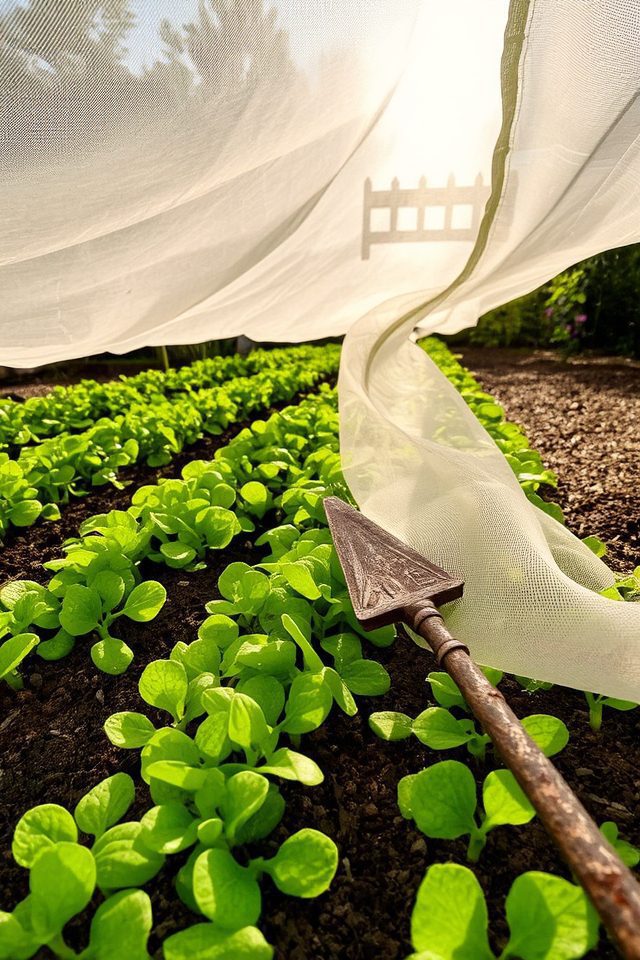
Season extenders, like row covers, are invaluable tools for maximizing your garden’s productivity. These lightweight fabric coverings help protect plants from frost, wind, and pests while trapping heat to create a warmer microclimate. By using row covers, you can sow seeds earlier in the spring and extend your harvest into the fall. Investing in this simple yet effective solution can increase crop yields and guarantee your garden thrives throughout the growing season.
By embracing these 17 inspiring ideas, you can transform your farm garden into a thriving ecosystem. Did you know that gardens with companion plants can yield up to 20% more produce? This season, take action to maximize your harvest and promote biodiversity by incorporating practices like vertical gardening and drip irrigation. With just a few changes, you’ll not only boost the health of your crops but also create a sustainable environment that benefits you and the planet. Let’s get growing!

Don't let aphids, slugs, and caterpillars ruin another plant. Take back control with simple, natural methods that actually work.